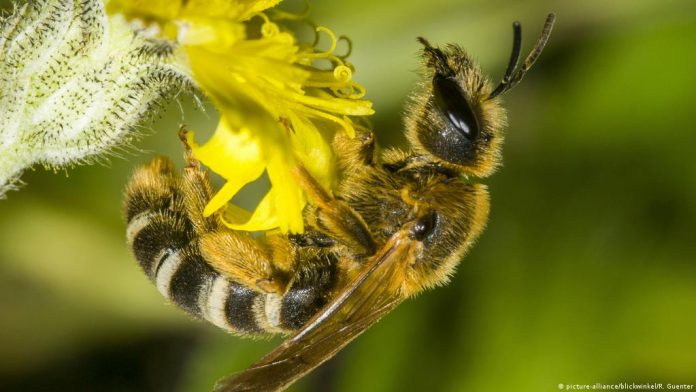Pesticide exposure, particularly prolonged exposure to a pyrethroid pesticide, cause worker bumblebees to be born smaller and to grow to a smaller adult size according to new research presented by Gemma Baron, Dr. Nigel Raine, and Professor Mark Brown from the School of Biological Sciences at Royal Holloway at the University of London.
The researchers compared the size, weight, number of workers born, and number of queens born in two similarly sized bumblebee colonies under strict laboratory controls. The only difference between the two colonies was that one was repeatedly exposed to a pyrethroid pesticide.
The bumblebees that were exposed to the pyrethroid pesticide were smaller, weighed less, and produced fewer workers and queens.
Bee experts have determined that larger worker bumblebees are more effective pollinators. The larger size provides more area for pollen from one plant to be collected and deposited onto the next flower.
Bumblebees are essential for providing the majority of fruit, nuts, and vegetables that people depend on for food.
The researchers undertook the investigation of the effect of pyrethroid pesticides on bumblebees because the majority of Europe has begun using pyrethroid pesticides in the place of neonicotinoid pesticide that have been banned due to proven harmful effects on all types of bees.















